Construction specifications
The new technological design of MDS microdosers gives significant improvements in performance compared to the old style.
All the parts in contact with the product are made of stainless steel or non-stick material.
The body of the MDS microdoser is made from a single cast from materials which allow the powder to move freely in the chamber with the vibrations produced by the operation of the machine itself.
The chamber can be made of various materials according to the use of the powder to be processed.
The capacity can be varied with a frequency variator or inverter.
The dosing elements can be replaced individually, and exchanged for different tools.
Where the product has a tendency to become compressed, the standard dosing tool can be changed, replacing the continual spiral (type A) with a memory wire spring (type B), to avoid compacting the material between the spirals.
Dosing principles
The constant-speed screw feeder has a volumetric capacity calculated by the volume of material in the section of one complete spiral and the diameter of the screw, so the dosage varies with the number of spirals.
With most dosers on the market the margin of error is around 4%. The variables are mainly from the filling of the hopper, technically known as the fill factor.
The agitator reel located up-line from the dosing screw feed, as well as breaking up clumps and crusts formed in the silo, makes the material more fluid, resulting in even pressure and weight on the spiral screw.
The variation in weight for our dosers is around 2%, representing a significant factor in the quality and continuity of dosing.
The dosing capacity also varies with the physical and chemical properties of the product: materials which are identical from a chemical point of view may show variations in weight and dosage capacity if they are not equivalent in granulation or other physical parameters, and thus cause variation in dosed quantity with the same rotation speed.
Gravity weighing scale for product dosage
The scale ensures that the dosage ratio is perfectly in line with the desired value. It is located underneath the body of the doser unit, and weighs the product feeder as well as the product itself inside the storage hopper.
The scale, with programmable timer for readings, weighs the material and calculates how much weight has been lost in kilos over the set time.
It then calculates the dosage as an hourly figure and checks that this figure corresponds to the value set by the operator or the control room, thus guaranteeing effective weight control in the short and long term.
Checks are carried out at random intervals by the instruments in the load cell.
If the calculated weight is lower than the set value by a margin greater than 4%, the apparatus emits an alarm signal warning of the failure to reach the required weight / dosage; in this case the operator will intervene to inspect the problem.

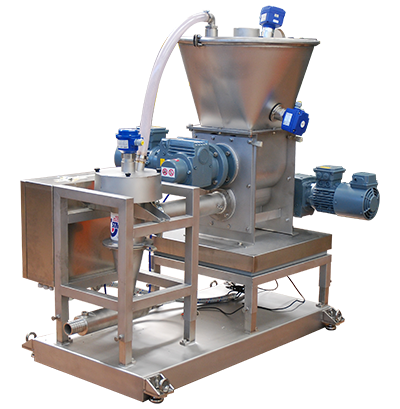
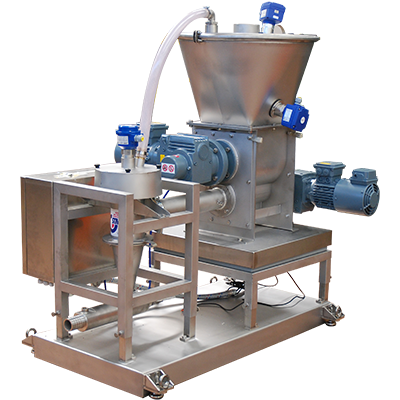
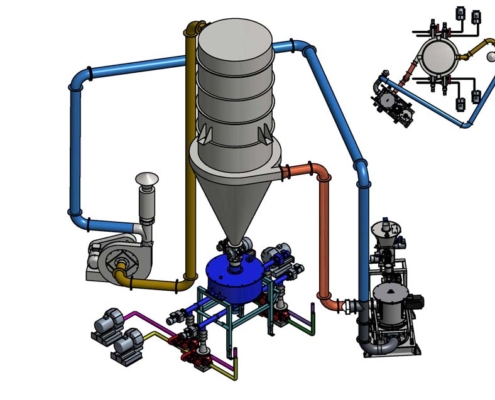
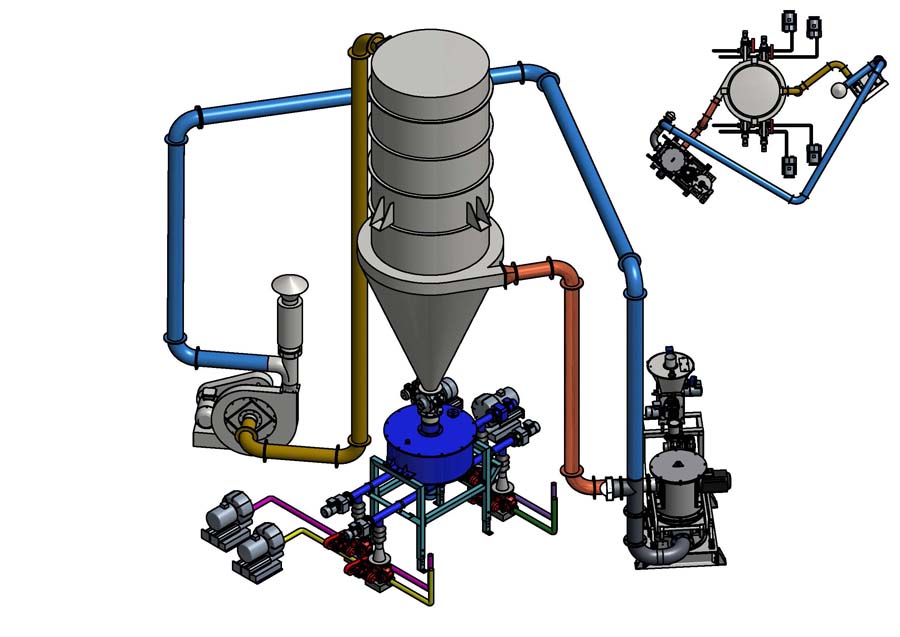
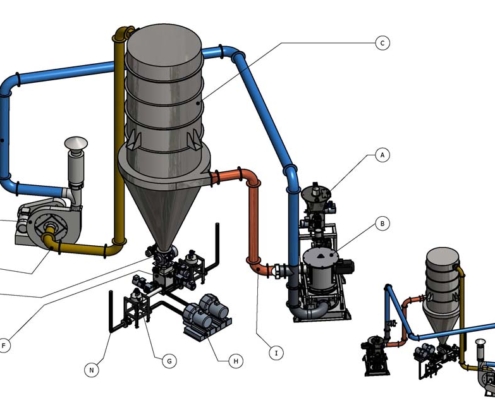
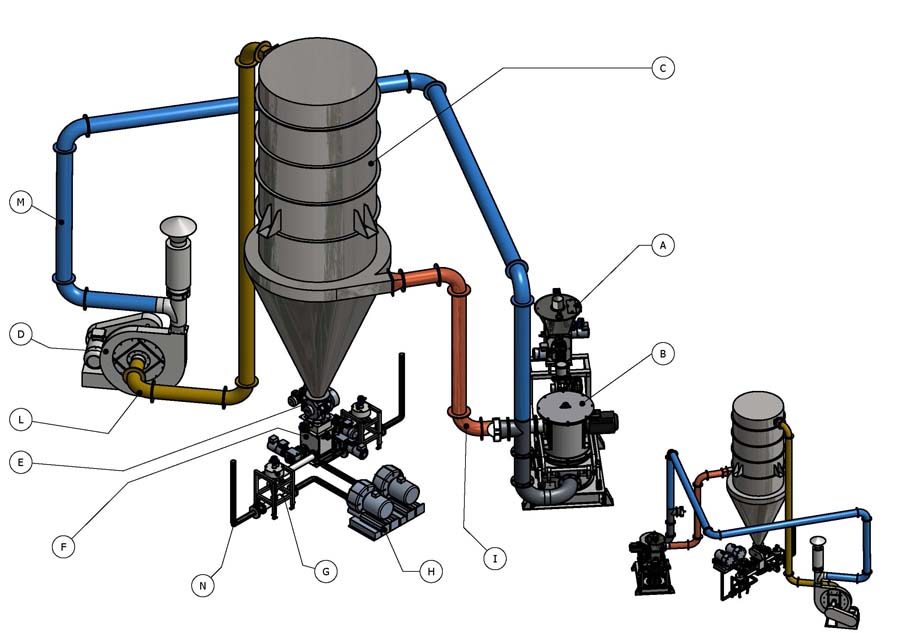
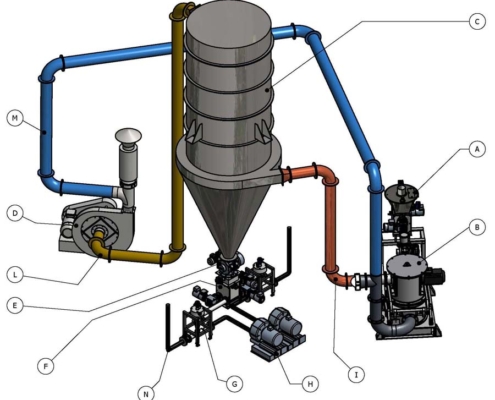
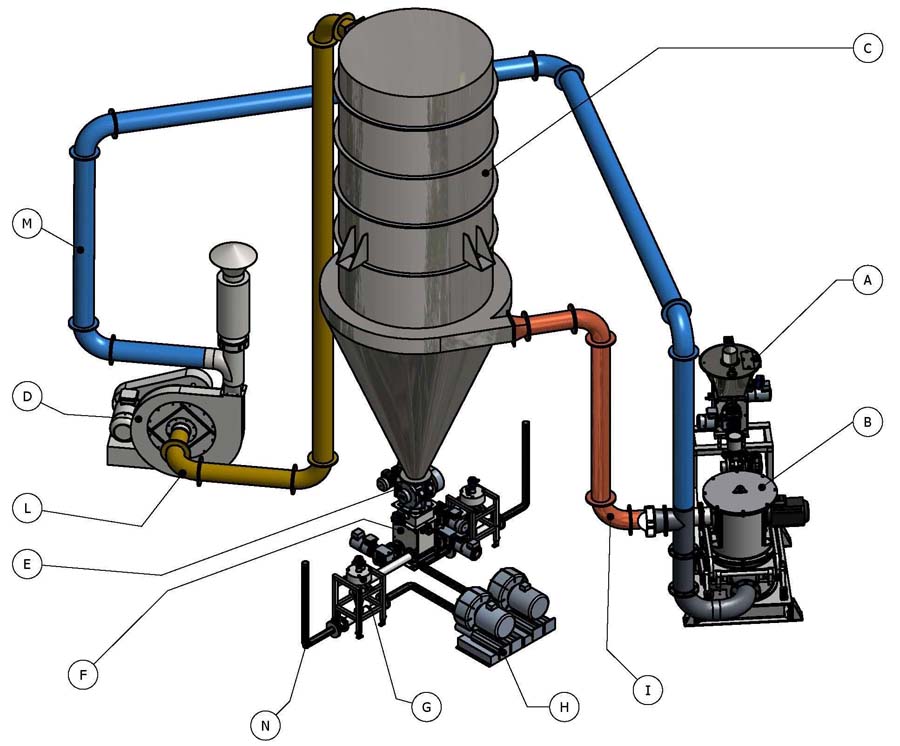
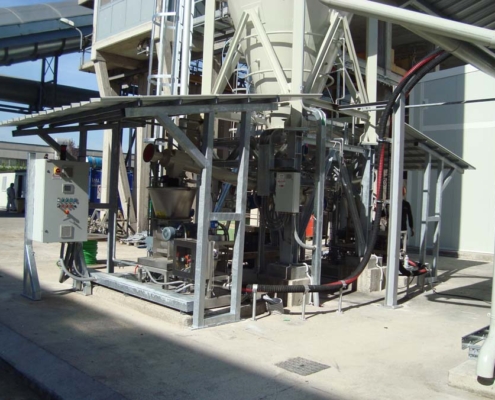
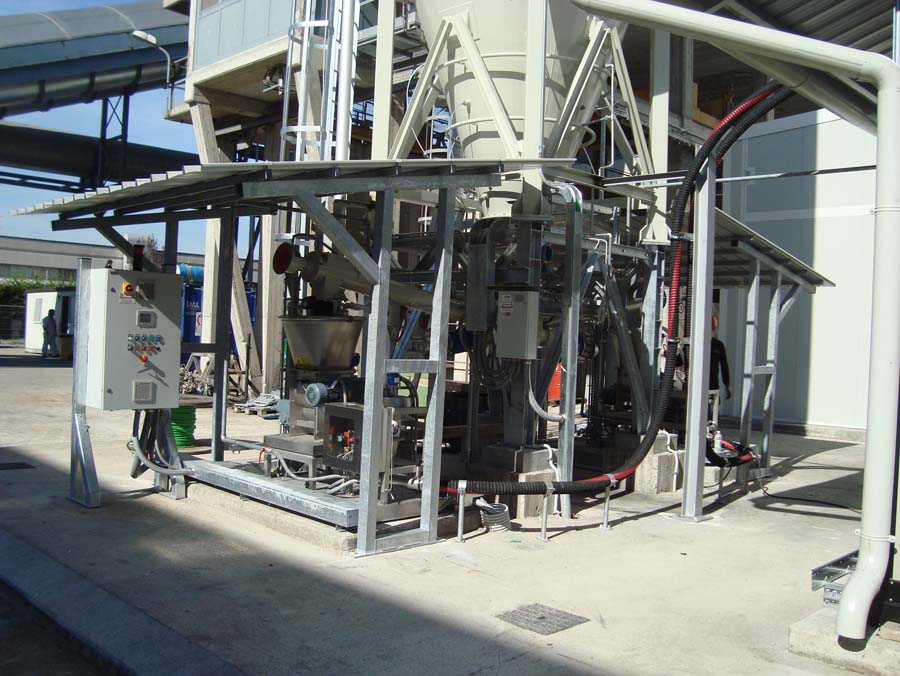
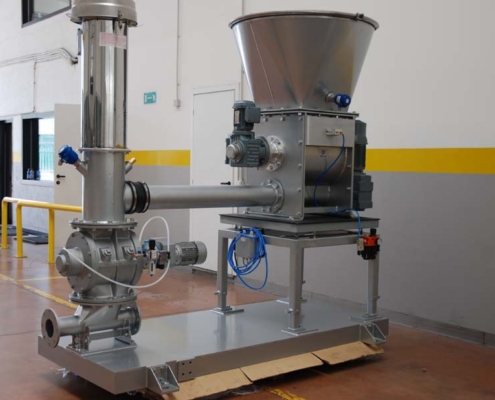
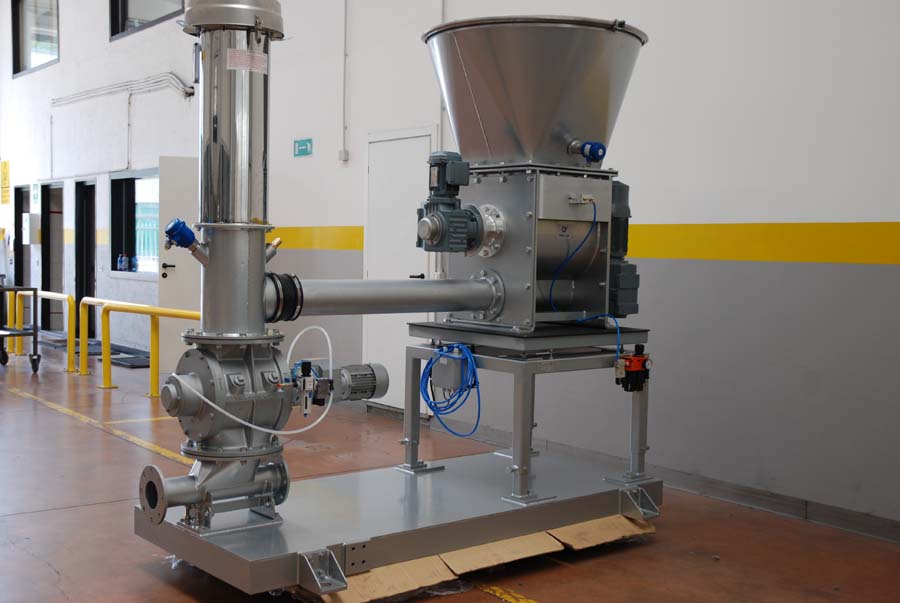
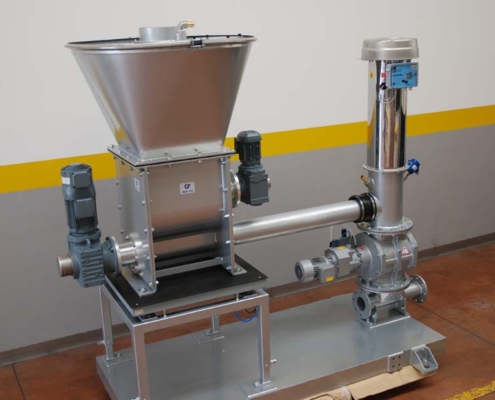
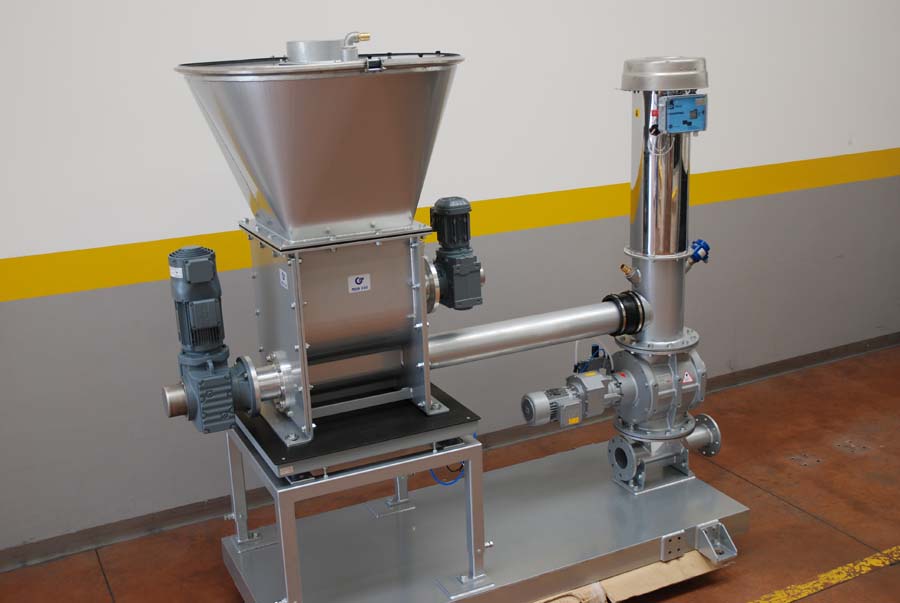
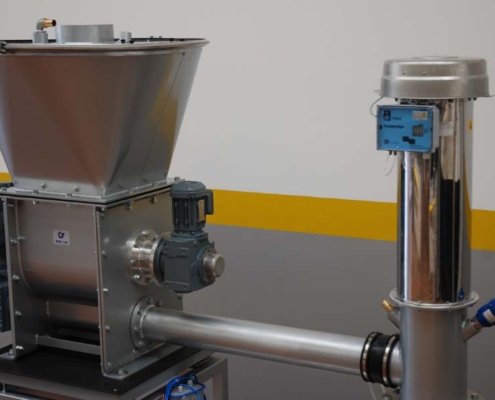
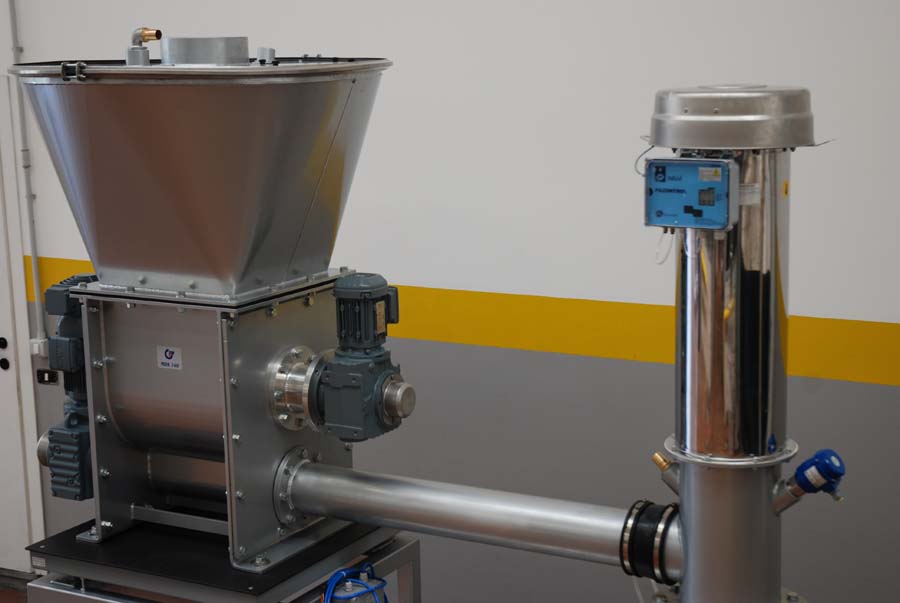
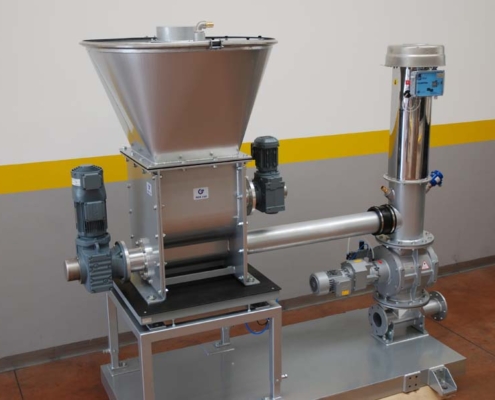
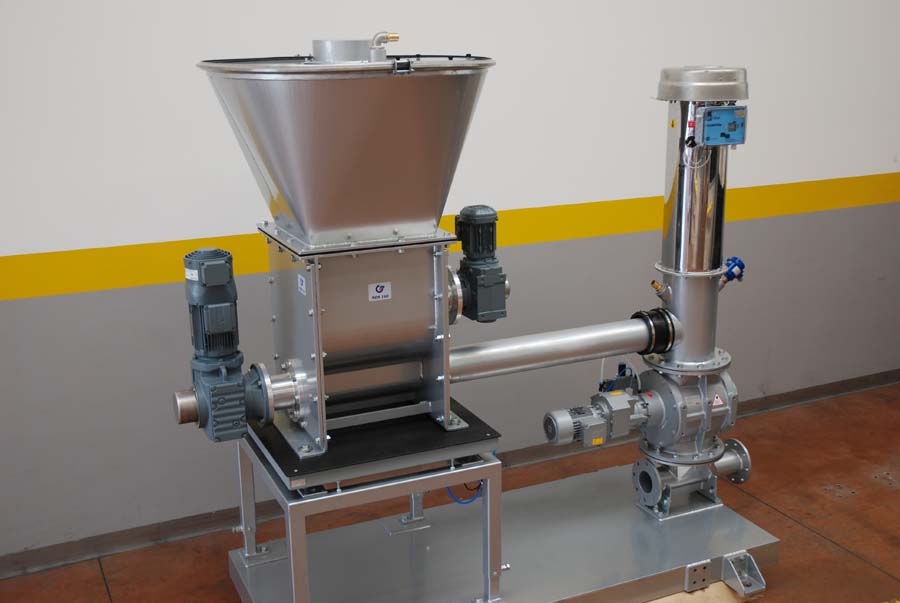
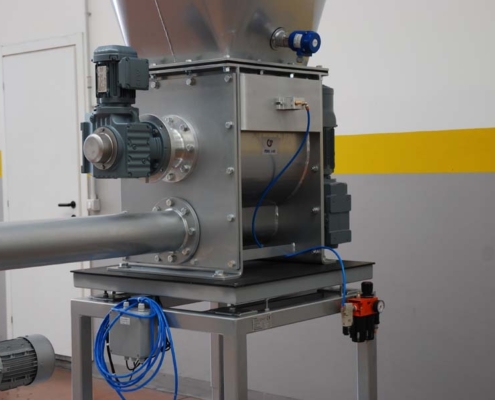
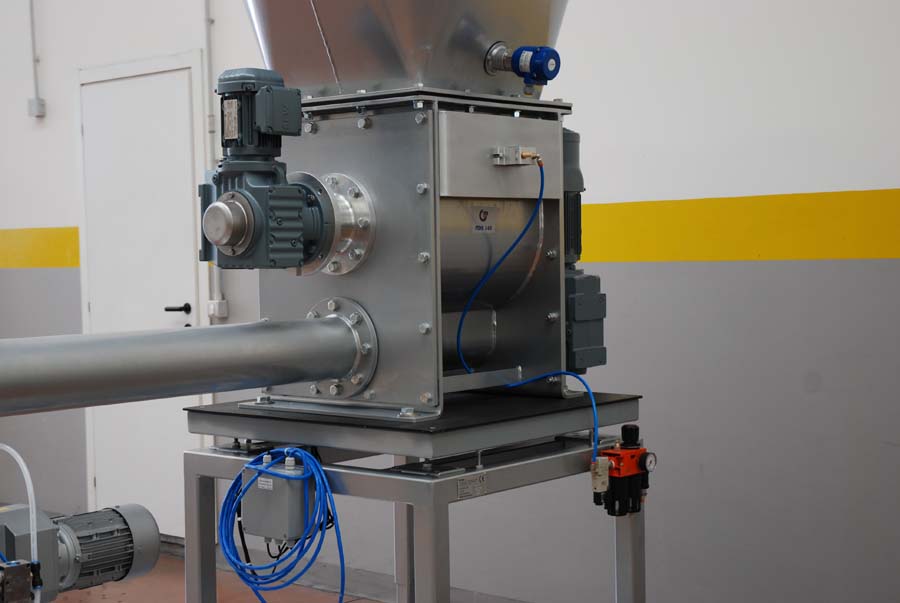
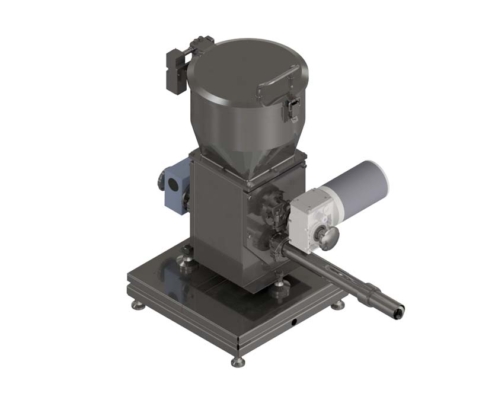
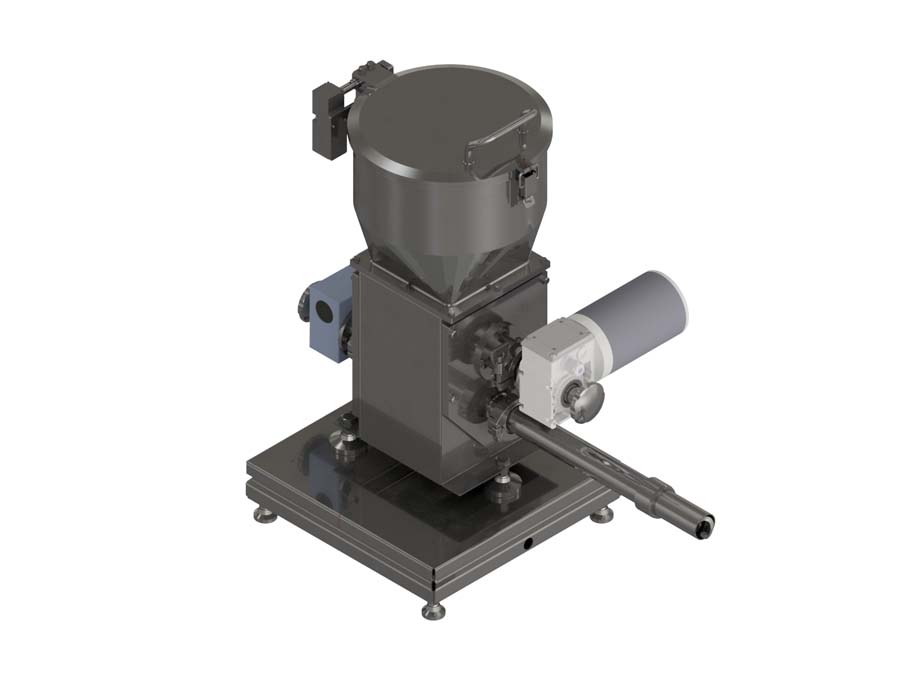
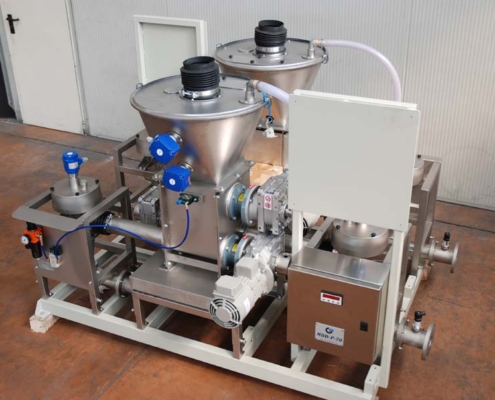
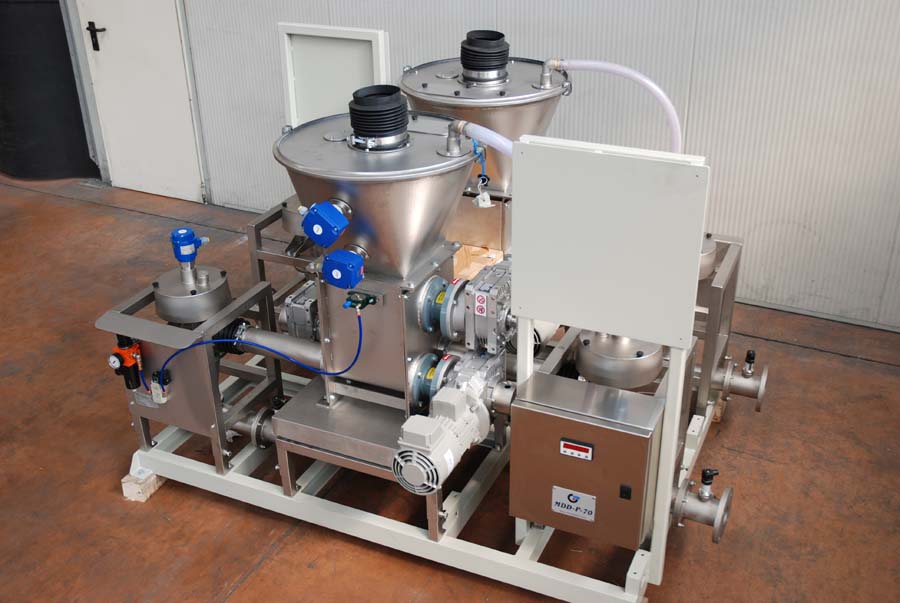
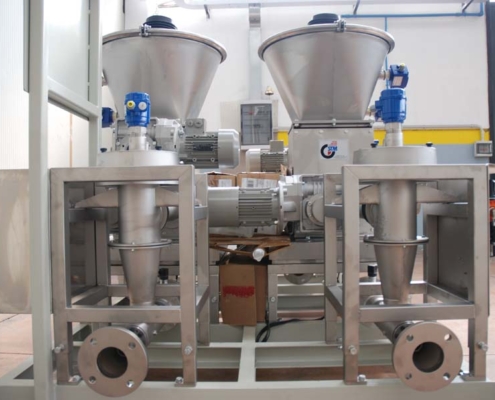
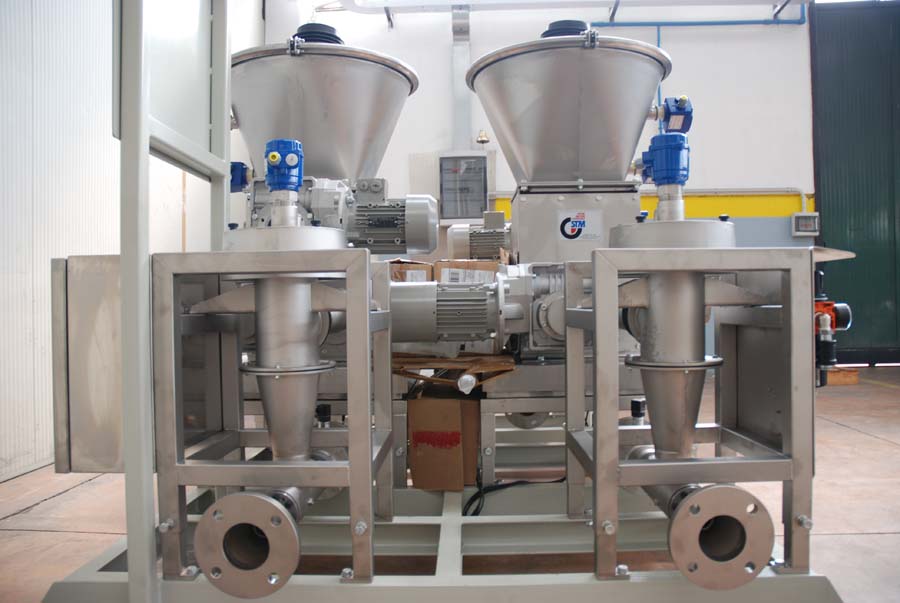
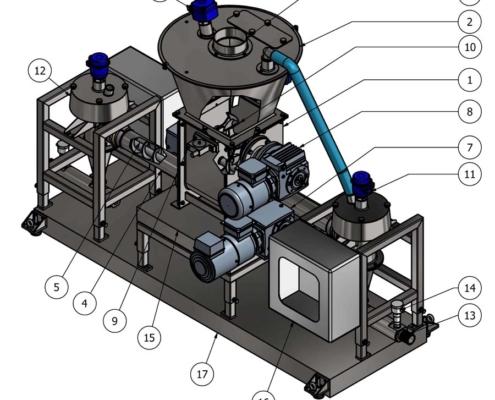
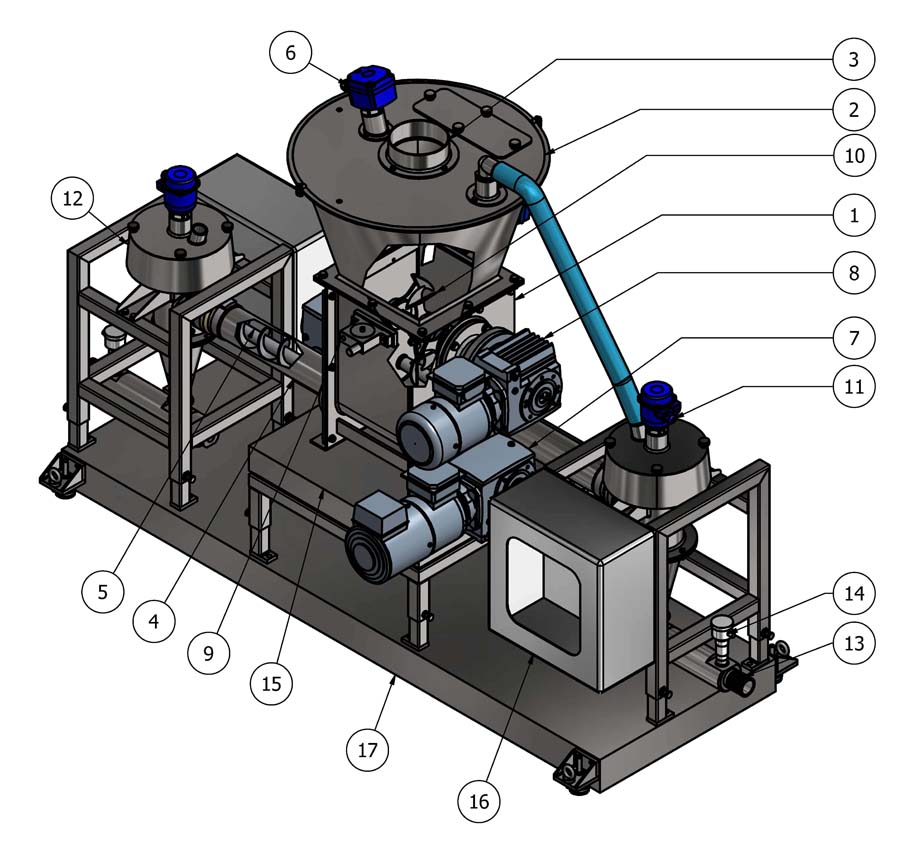
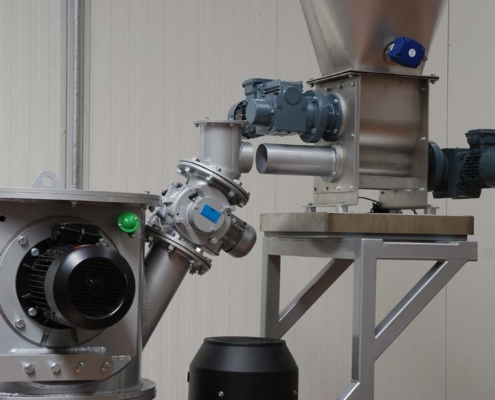
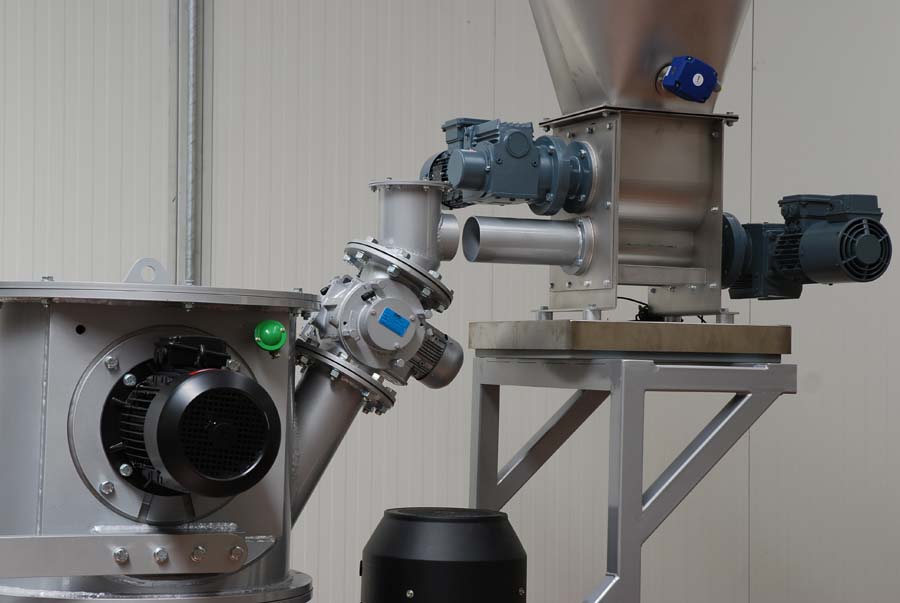
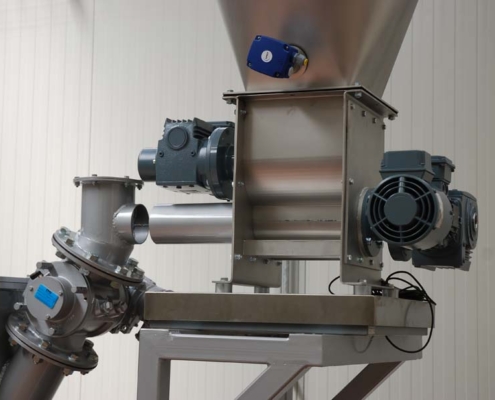
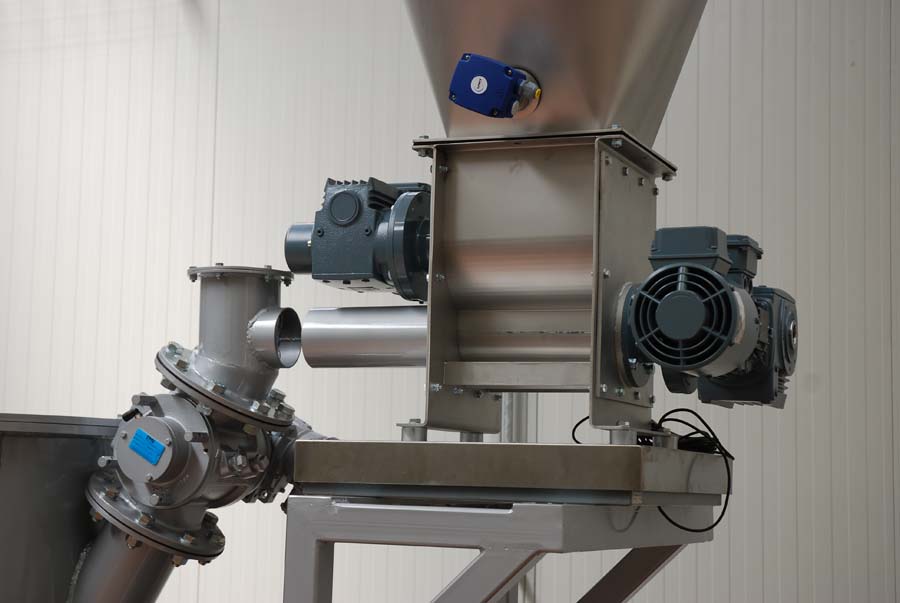
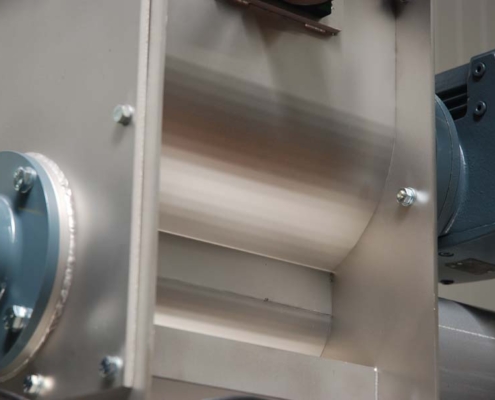
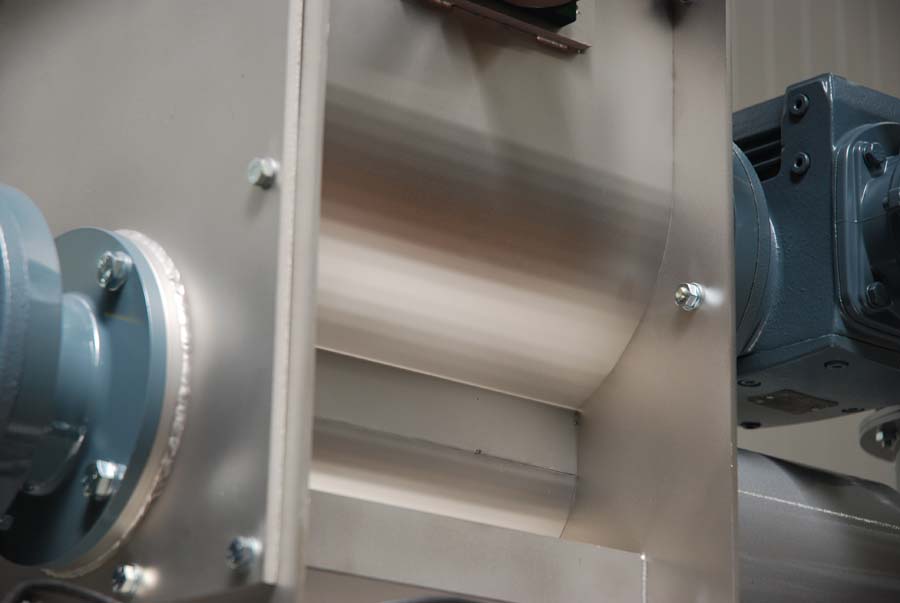
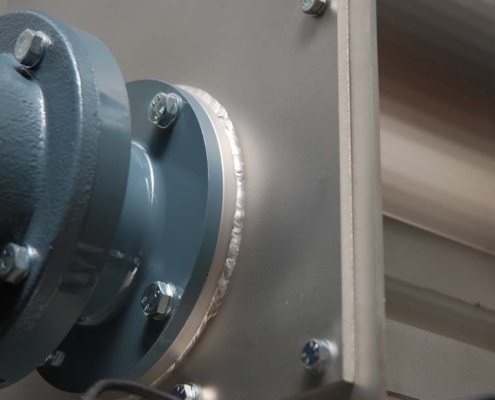
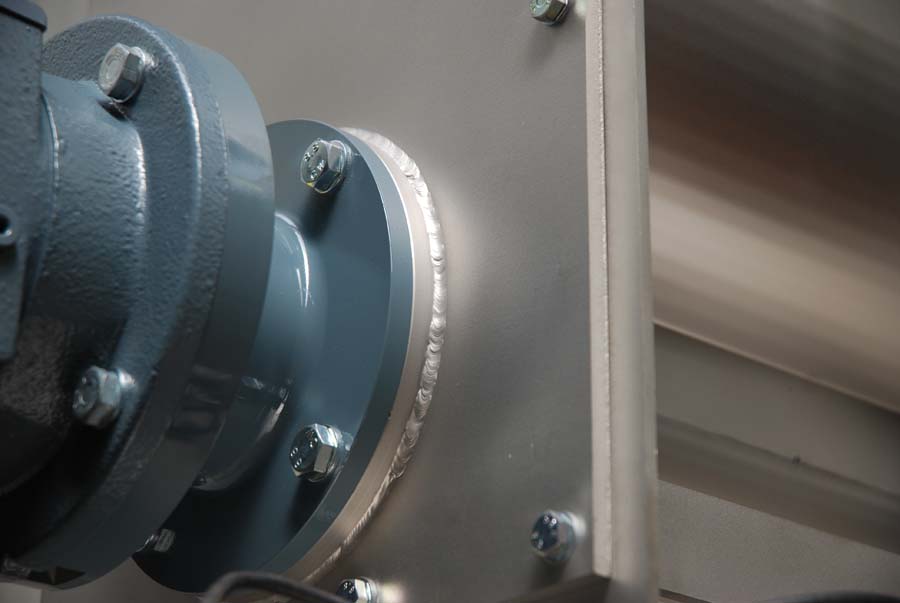
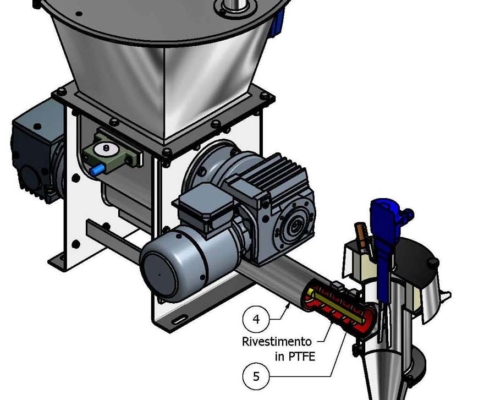
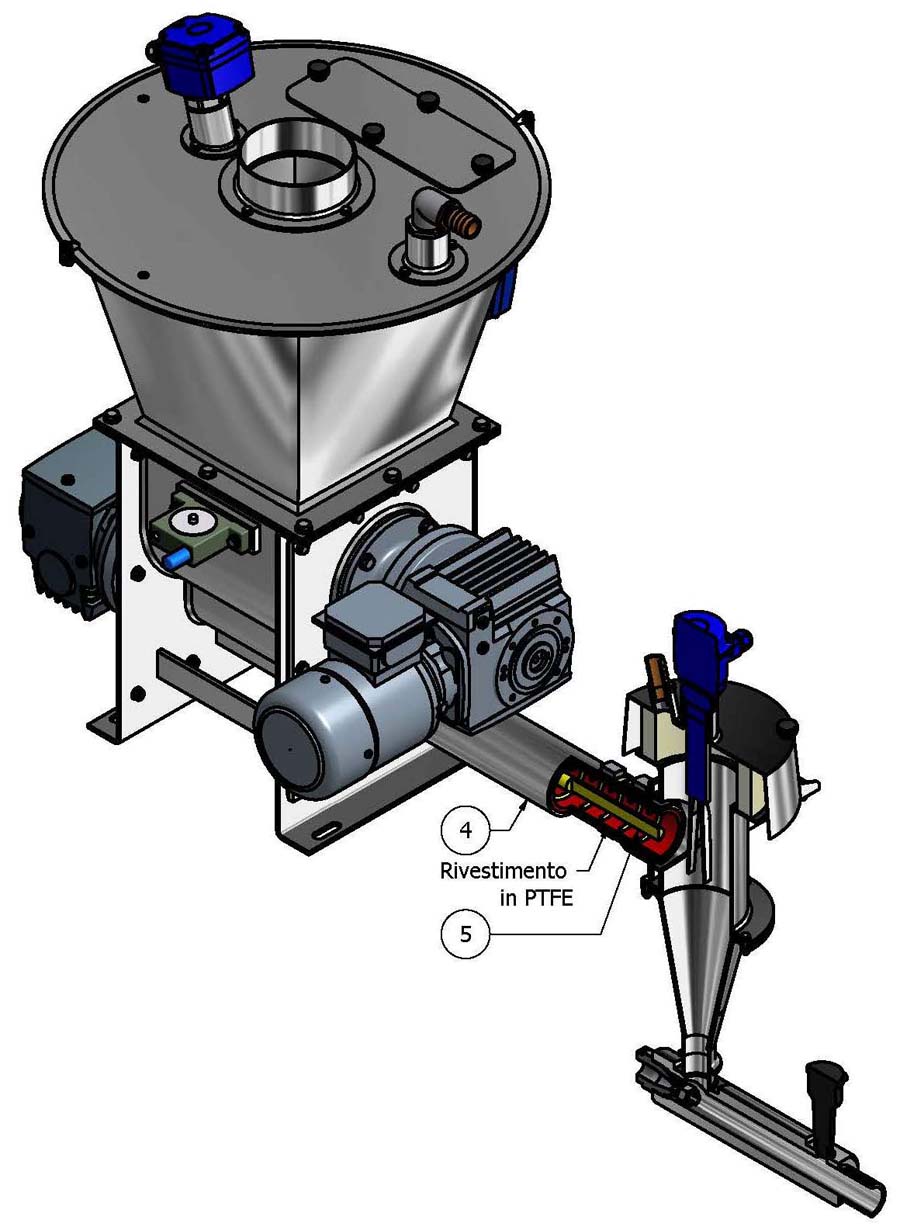
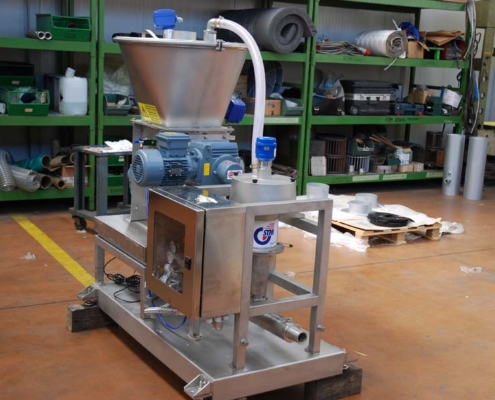
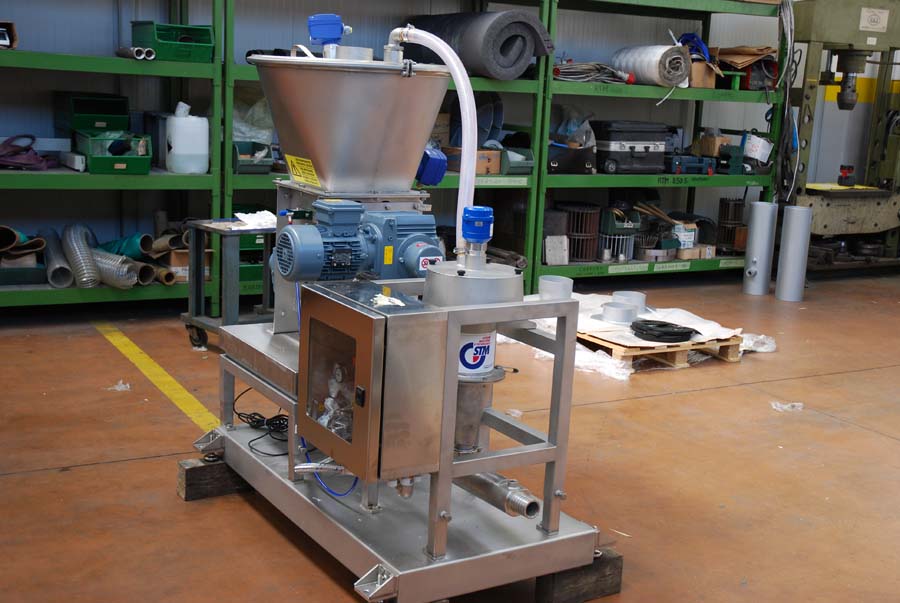
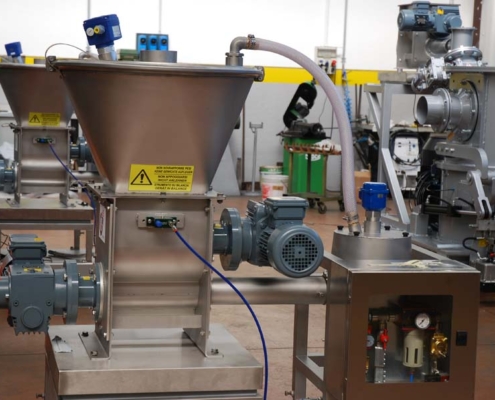
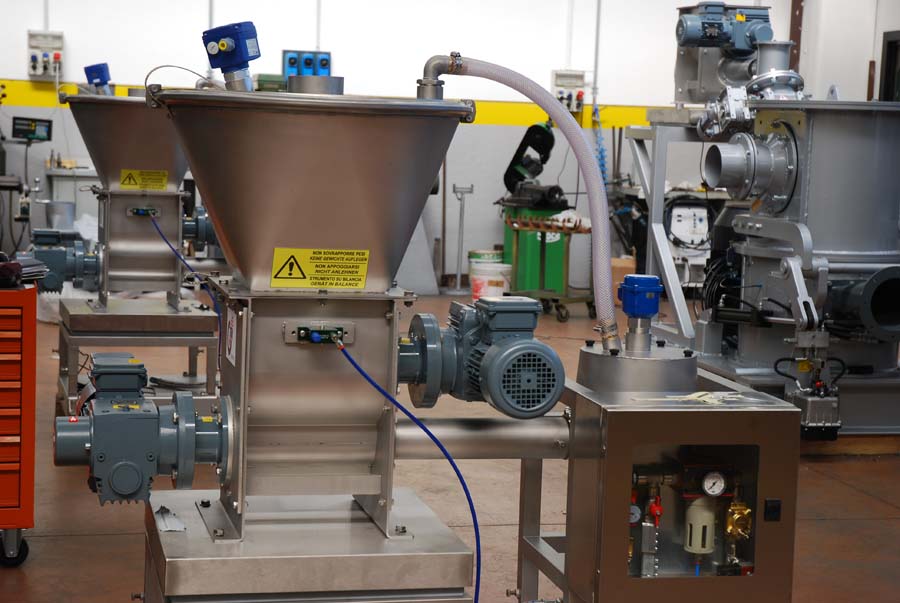
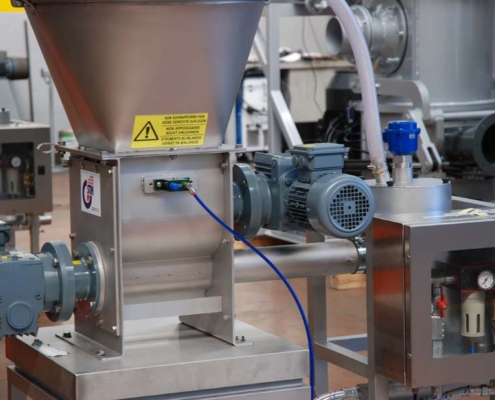
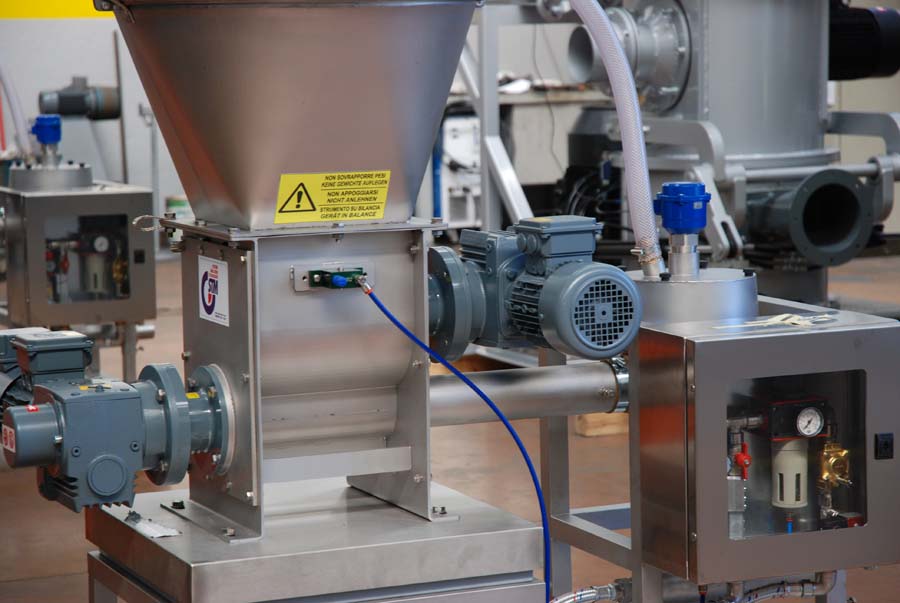
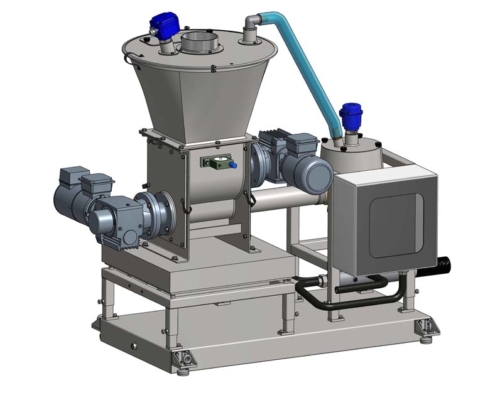
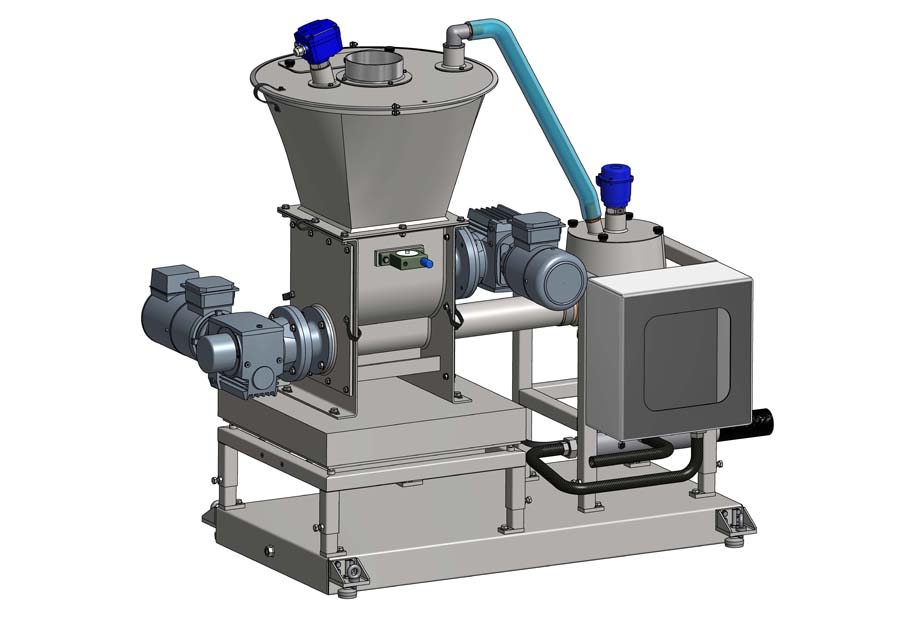
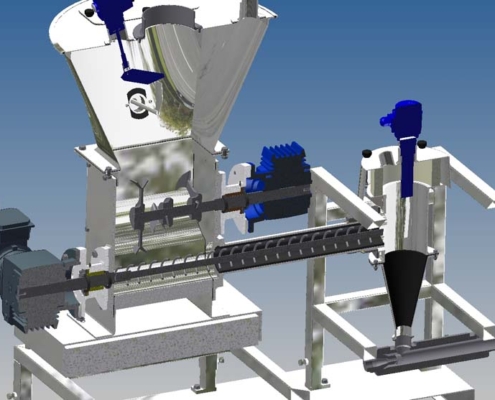
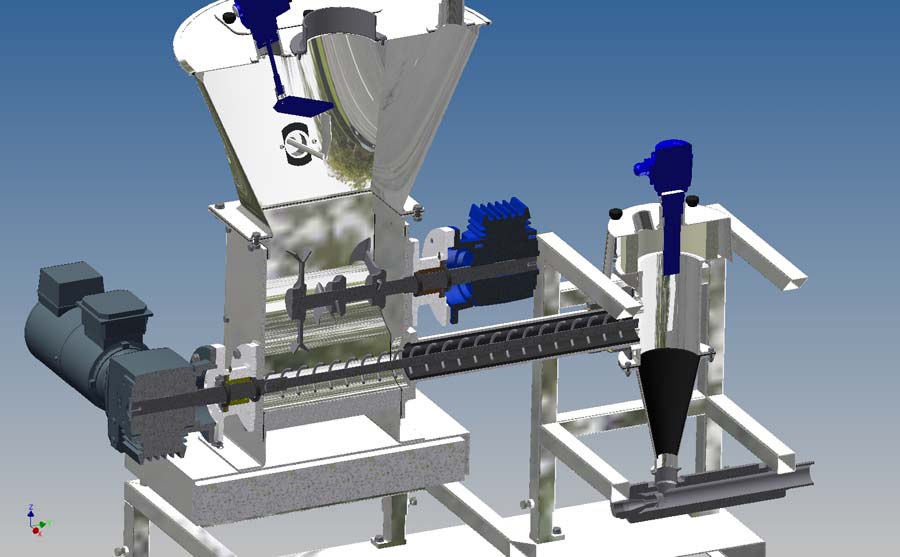
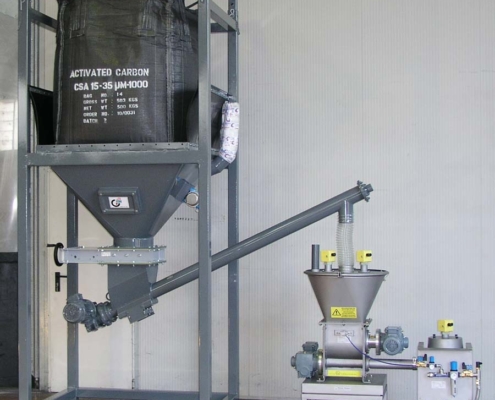
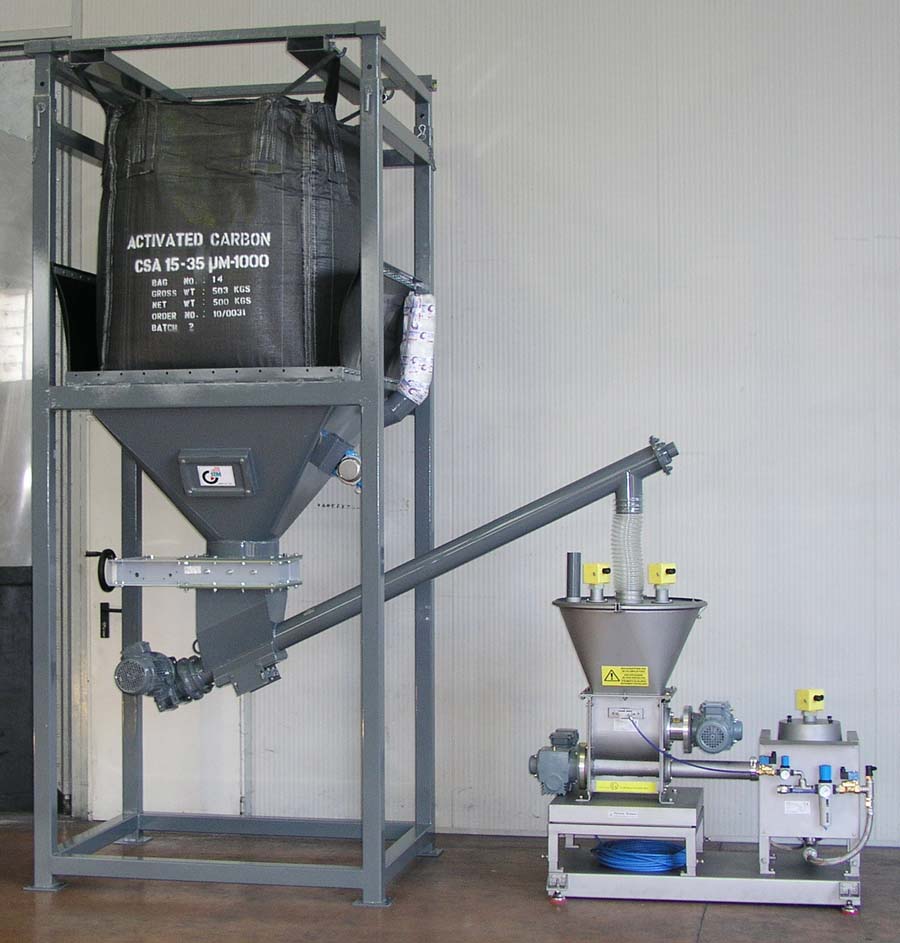
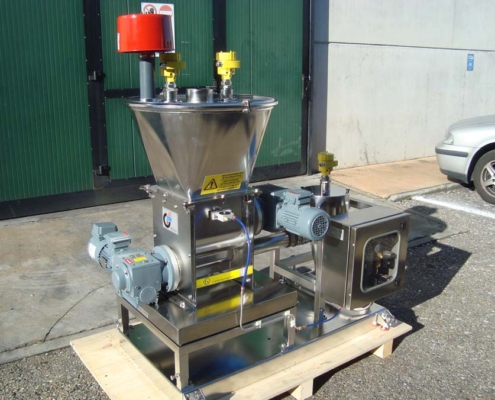
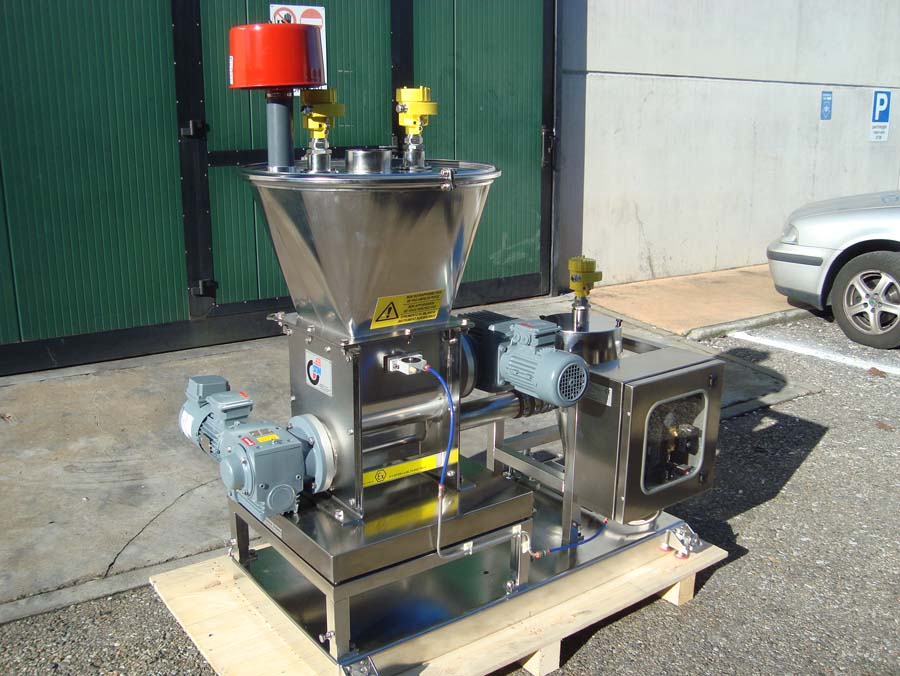
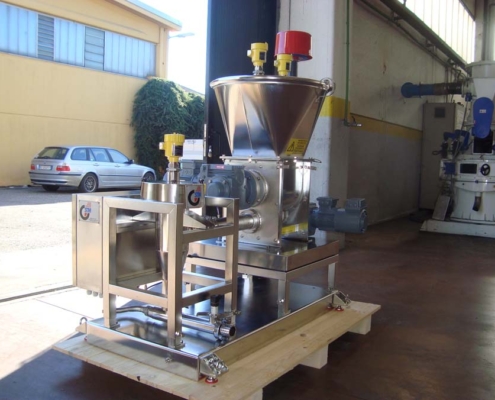
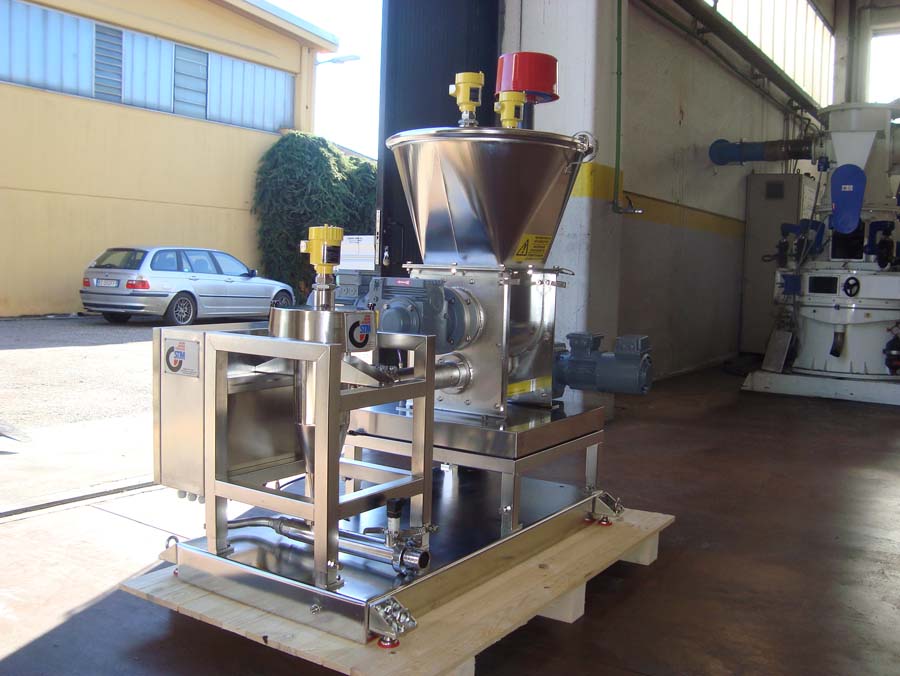
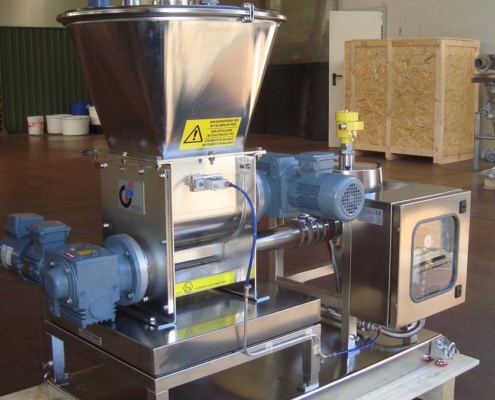
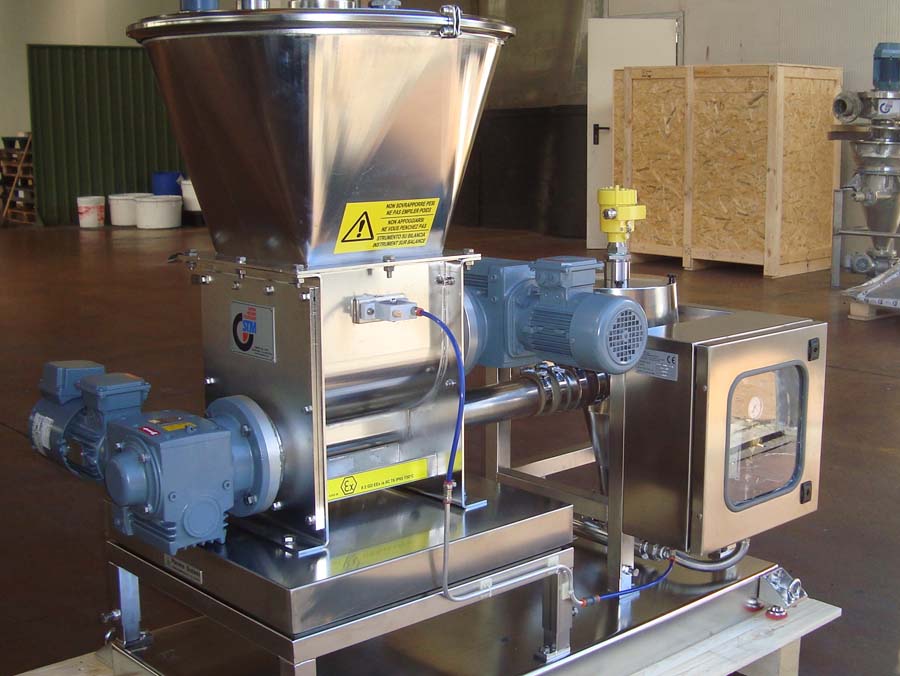
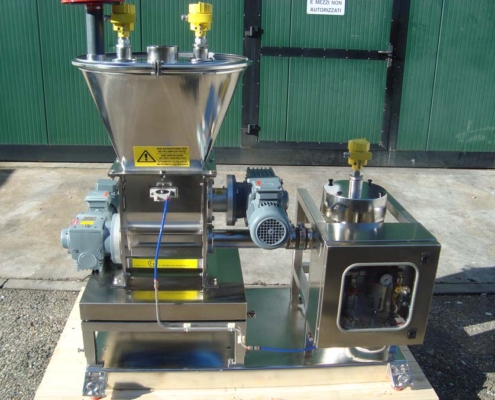
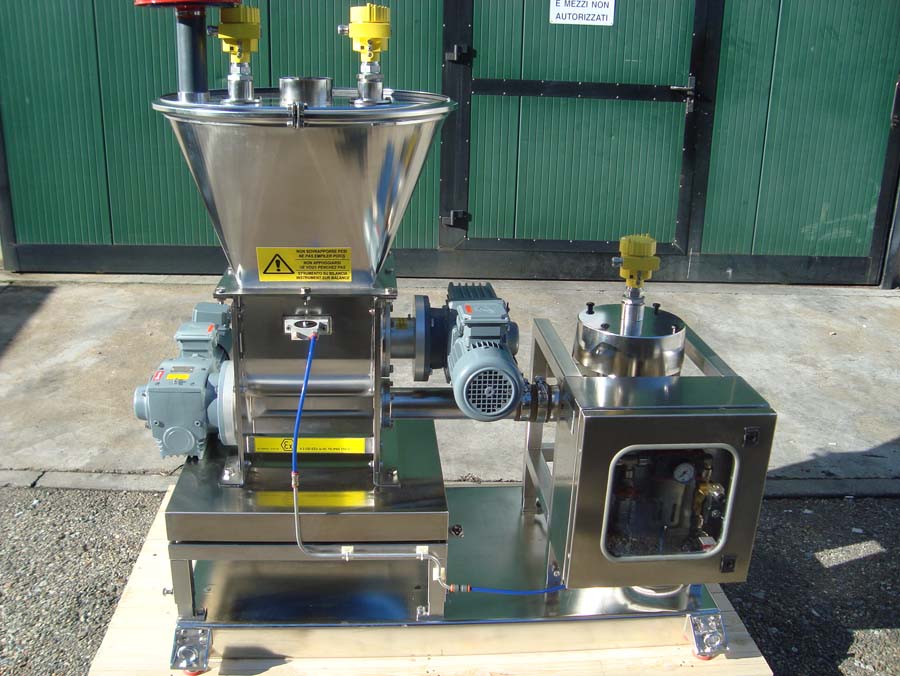
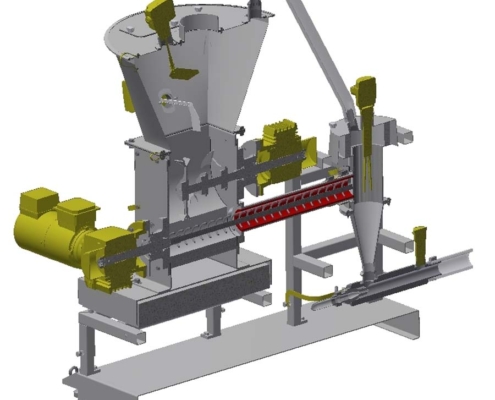
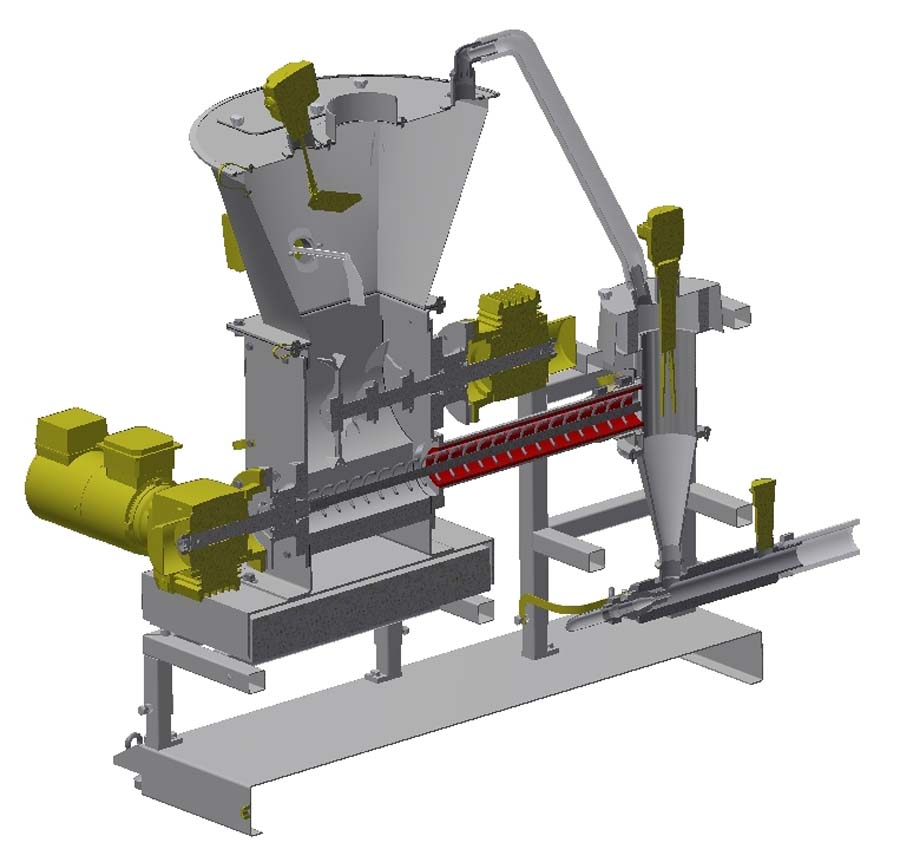
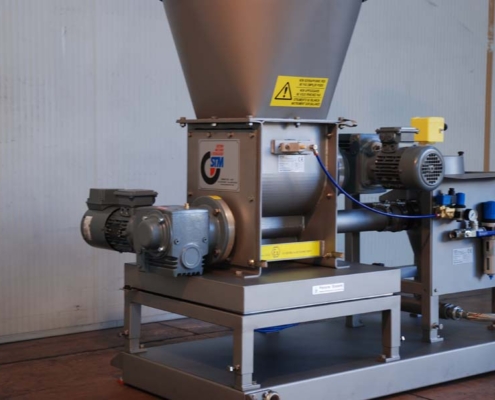
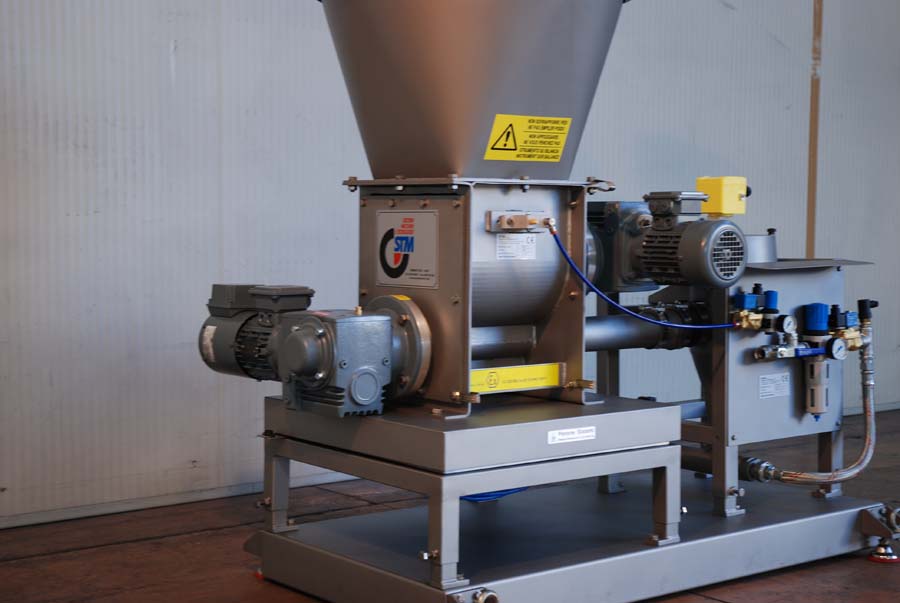
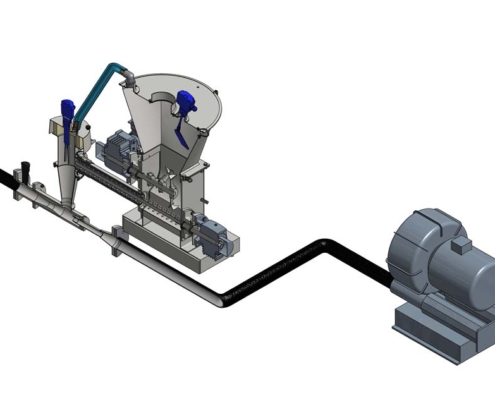
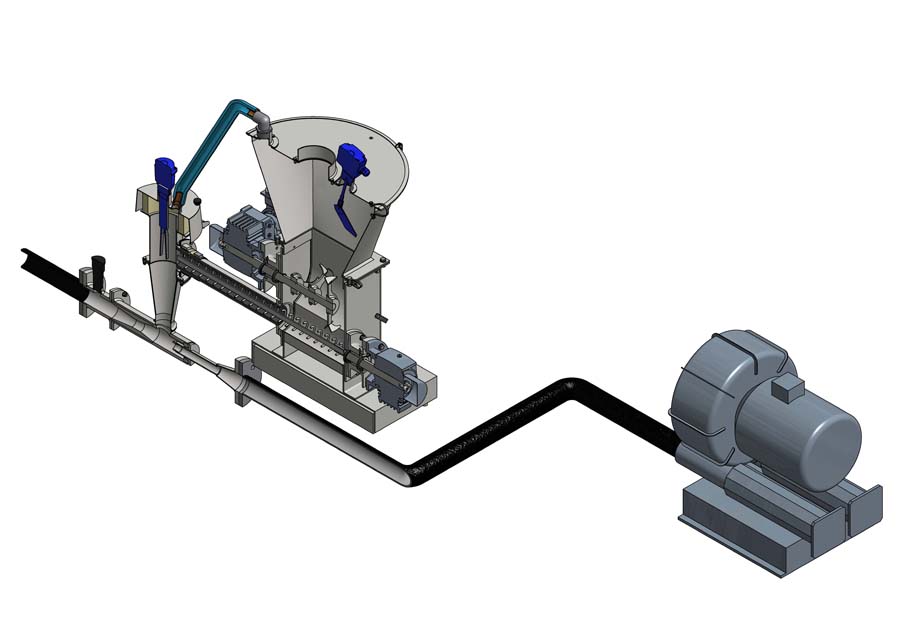
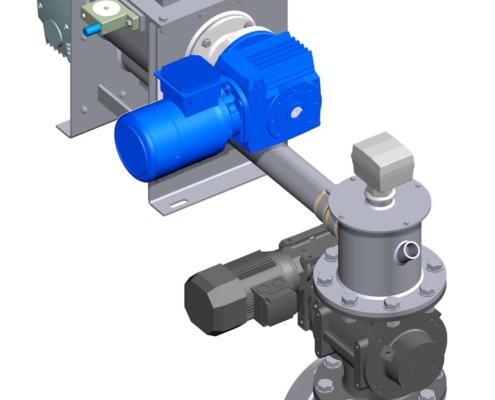

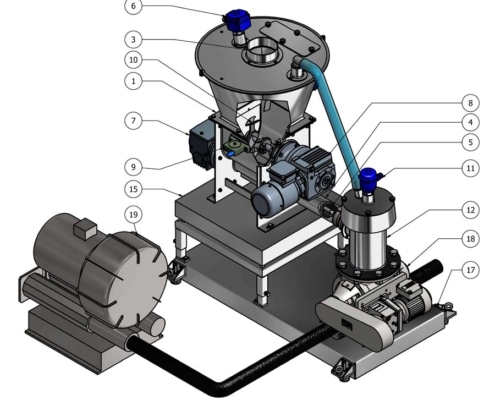
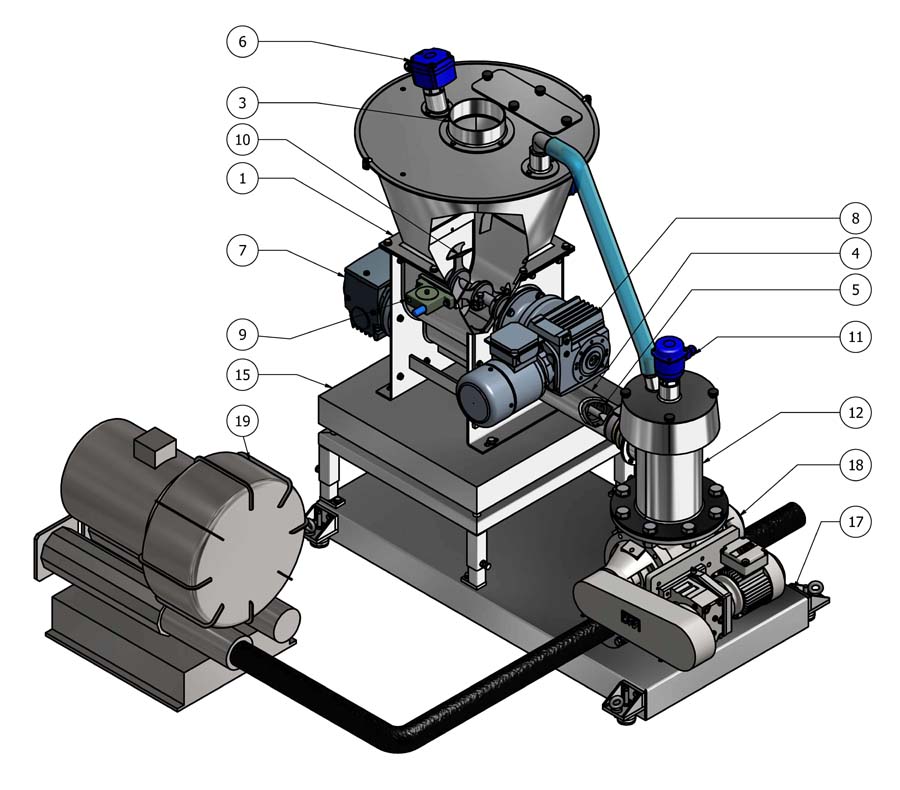
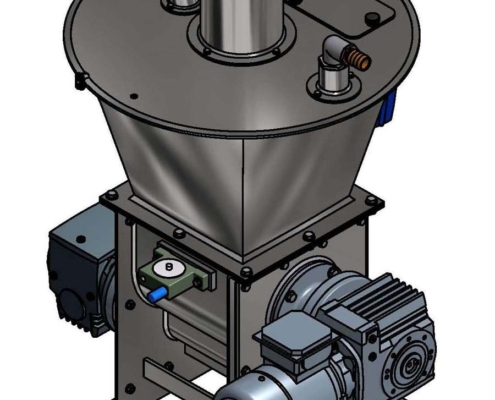
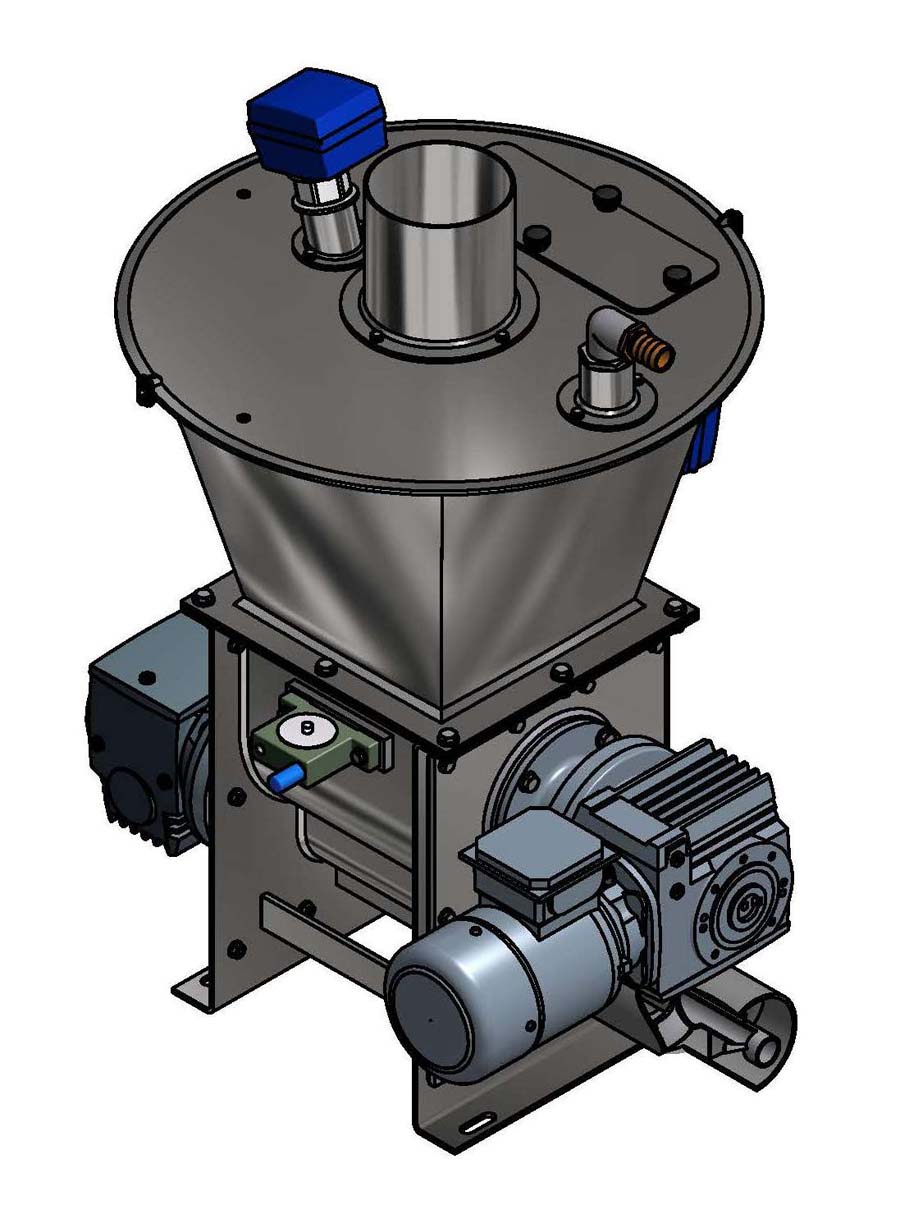
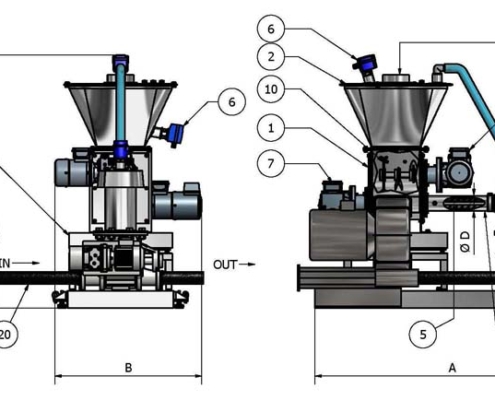
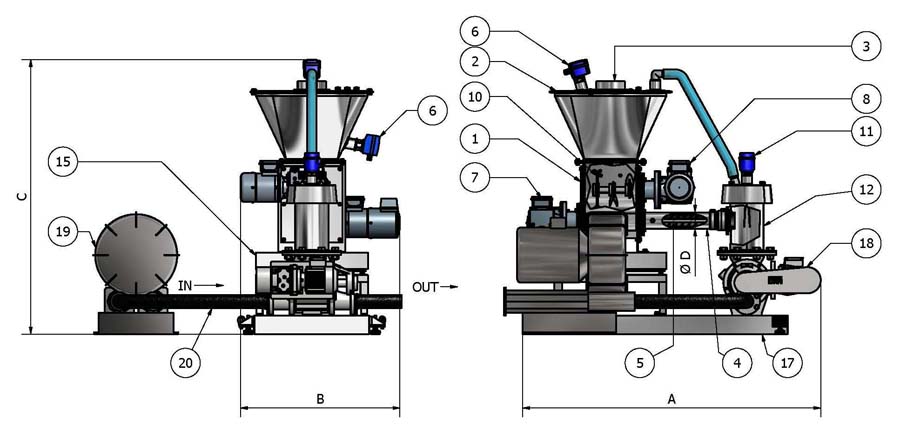
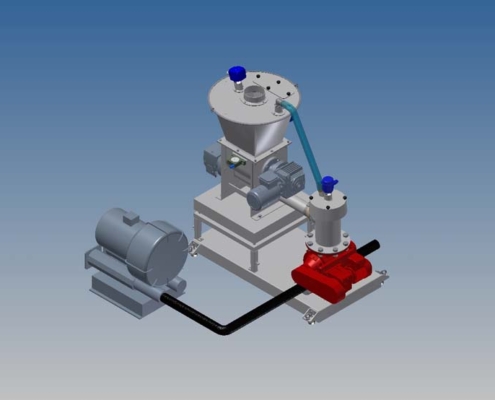
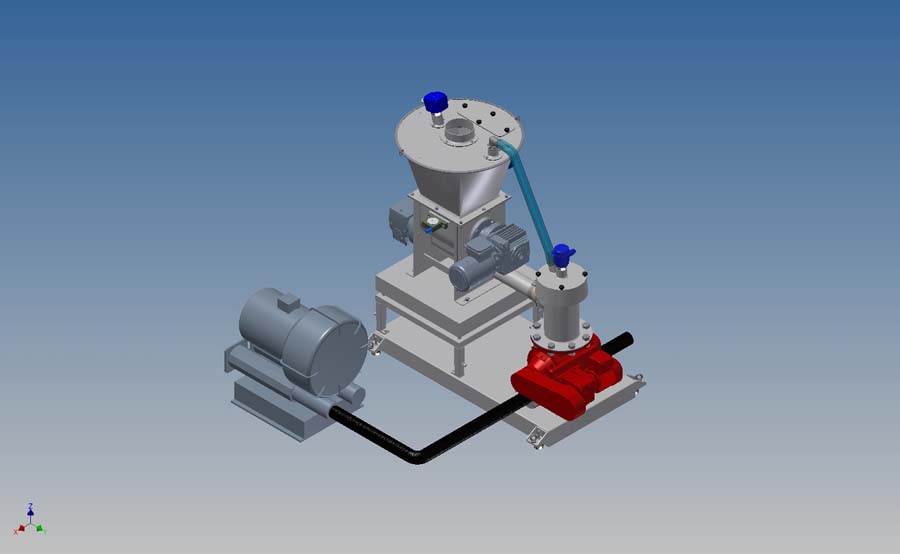
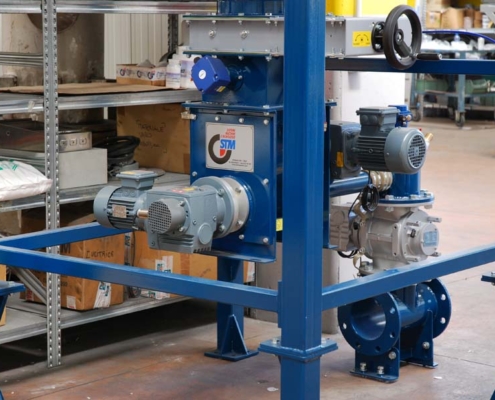
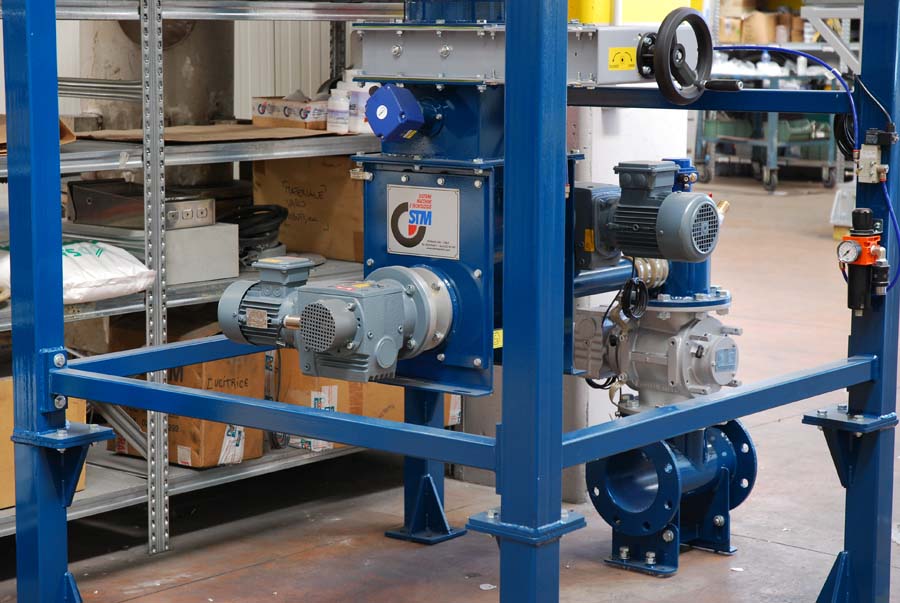
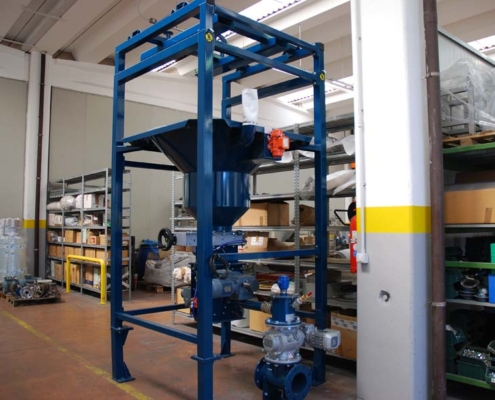
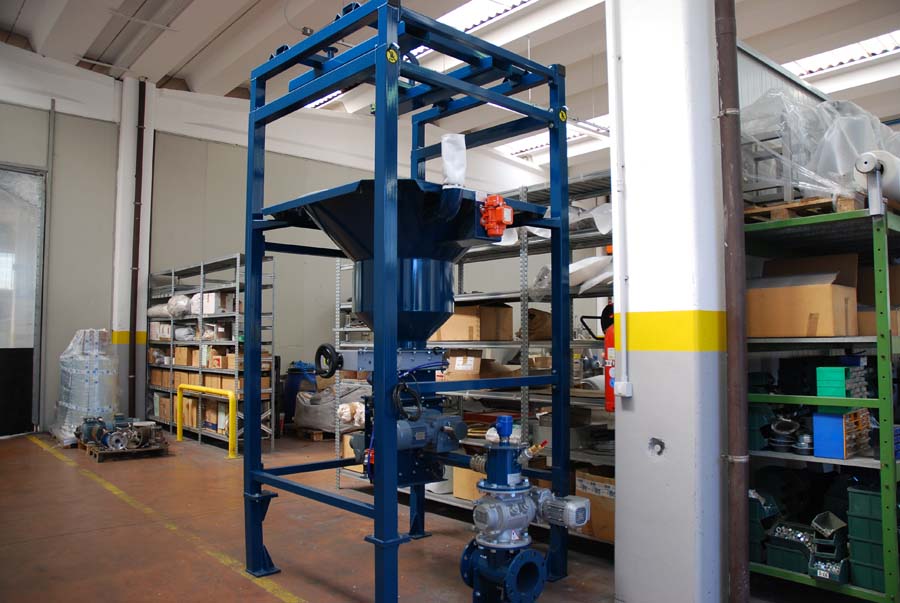
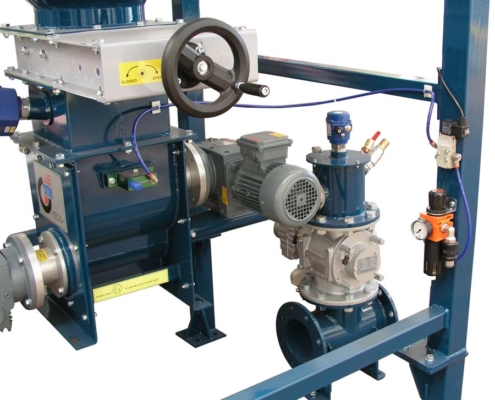
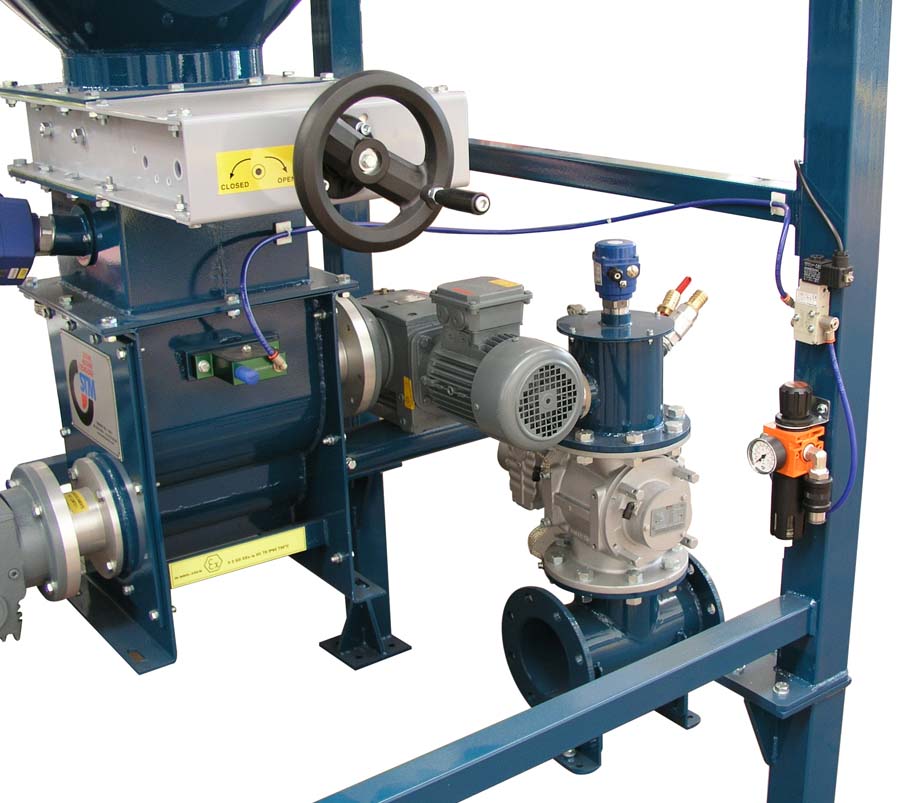
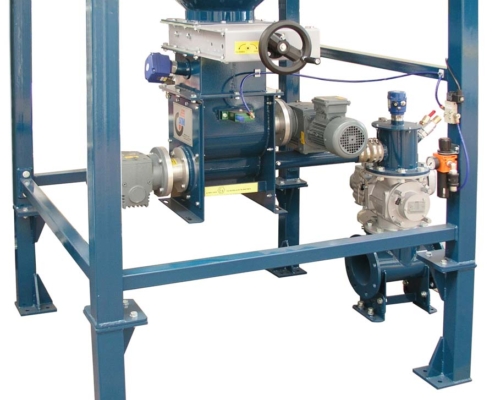
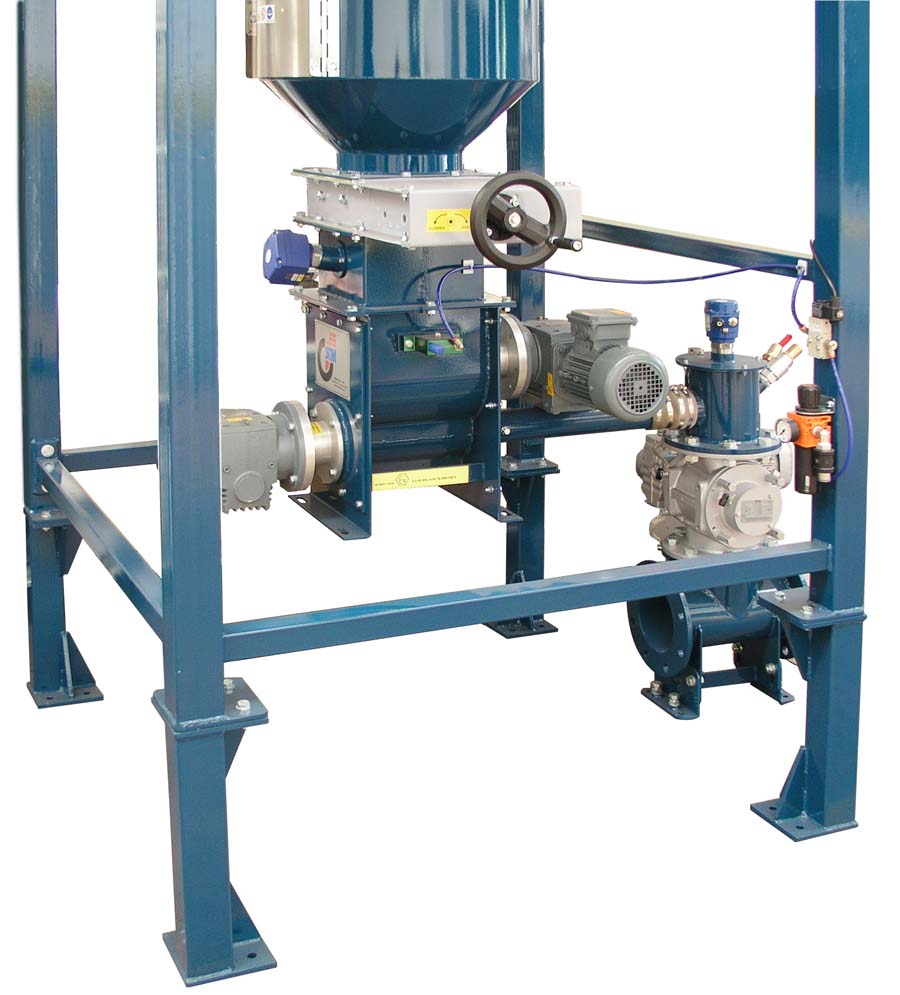
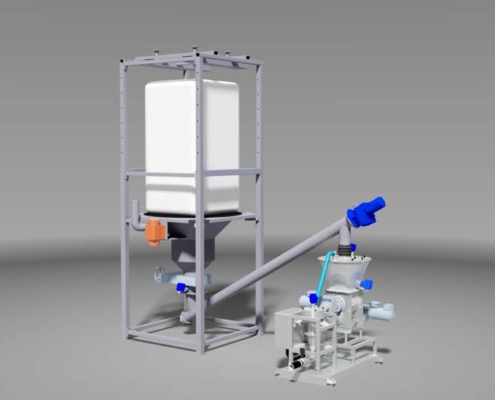
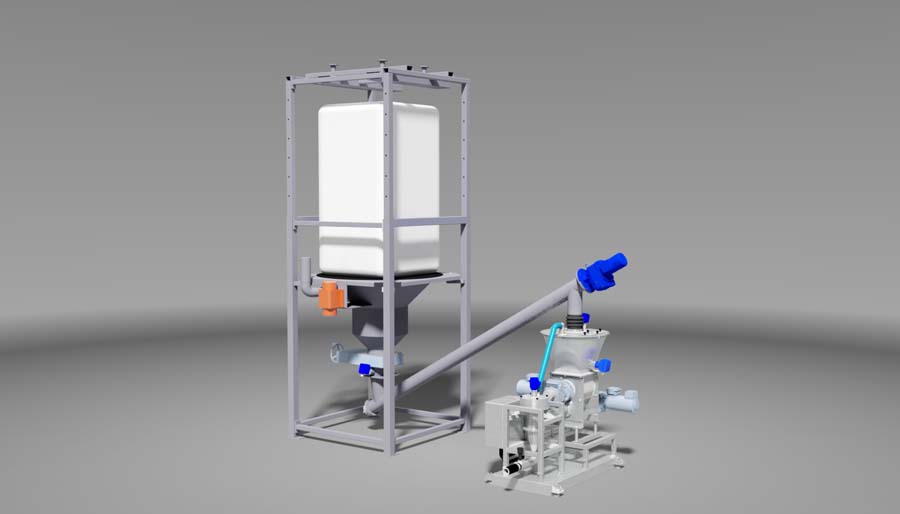
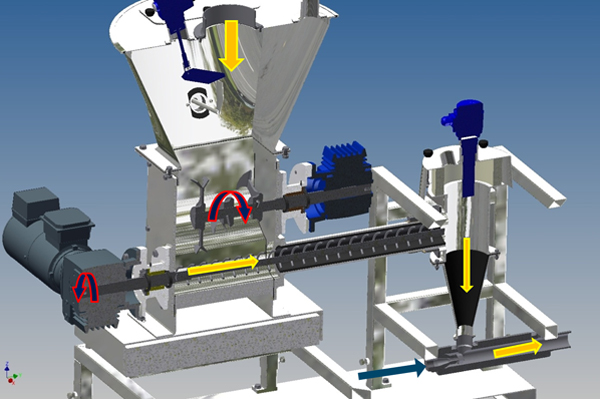
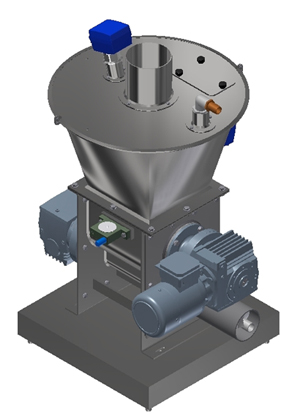
 Discover our installations around the world.
Discover our installations around the world.